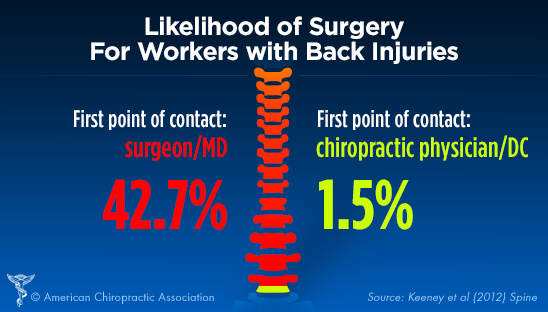The Scientific Research Behind Cold Laser Therapy: What You Need To Know
The Scientific Research Behind Cold Laser Therapy: What You Need To Know
Blog Article
Short Article Created By-Crockett Larsson
When it involves comprehending cold laser therapy, there's an interesting world of scientific research waiting to be checked out. The detailed methods which low-level light connects with your body's cells to advertise recovery might surprise you. From boosting mobile function to minimizing inflammation and increasing overall wellness, the science behind this therapy holds lots of secrets that can benefit your health in unexpected means. Intrigued by just how these light waves work their magic? Let's decipher the secrets together.
Just How Cold Laser Treatment Functions
To understand how cold laser therapy works, consider its capability to permeate the skin and stimulate healing at a cellular level. When the cold laser is related to the targeted area, it emits a low-level light that can pass through a number of centimeters under the skin. This light engages with the cells in the tissues, triggering a series of biological reactions.
The photons of light energy are absorbed by the mitochondria, the powerhouse of the cell. This stimulation improves mobile function, advertising the manufacturing of ATP, which is crucial for mobile power. As a result, the cells have extra power to repair and regenerate, accelerating the recovery process.
Furthermore, cold laser therapy also aids in minimizing swelling and boosting blood circulation in the damaged area. By reducing swelling, it aids to relieve pain and swelling. The boosted blood circulation brings a lot more oxygen and nutrients to the tissues, even more supporting the recovery process at a cellular degree.
Mechanisms of Activity
Understanding the mechanisms of activity behind cold laser treatment provides understanding into its performance in advertising cellular healing and decreasing swelling.
When the cold laser is put on the skin, it penetrates the targeted tissue without home heating or harming it. The photons of light given off by the laser are absorbed by the mitochondria in the cells, where they stimulate the manufacturing of adenosine triphosphate (ATP), the energy currency of the cell. laser therapy smoking in ATP production boosts mobile metabolism, resulting in increased recovery processes.
In addition, cold laser therapy aids to reduce swelling by turning on the lymphatic water drainage system, which helps in eliminating excess fluid and waste items from the afflicted area. The laser additionally promotes the release of anti-inflammatory conciliators, such as nitric oxide, which play an essential duty in dampening the inflammatory response.
Perks and Applications
Checking out the various benefits and functional applications of cold laser therapy introduces its adaptability in dealing with a wide variety of conditions efficiently. This non-invasive treatment choice is known for promoting tissue repair work and decreasing inflammation.
One significant benefit is its capacity to speed up the healing process for injuries such as strains, strains, and tendonitis. Cold laser therapy is also used for pain management in problems like joint inflammation, fibromyalgia, and neuropathy, supplying alleviation without the need for medicine.
Beyond discomfort alleviation, cold laser treatment has revealed promise in skin-related applications by advertising collagen production, which can boost skin tone and structure. Furthermore, it's increasingly made use of in sporting activities medication to improve performance, speed up recovery, and relieve muscular tissue exhaustion.
Additionally, nicotine addiction treatment in lowering scar tissue development and can be beneficial in post-surgical rehabilitation.
Conclusion
You now recognize the scientific research behind cold laser therapy and its benefits for healing, discomfort monitoring, skin health and wellness, sporting activities performance, and post-surgical recovery.
By making use of low-level light to stimulate mobile recovery, this treatment uses a non-invasive and reliable therapy option for a variety of conditions.
With its capability to enhance cellular feature and promote healing procedures, cold laser therapy is a valuable device in modern-day medical care.
